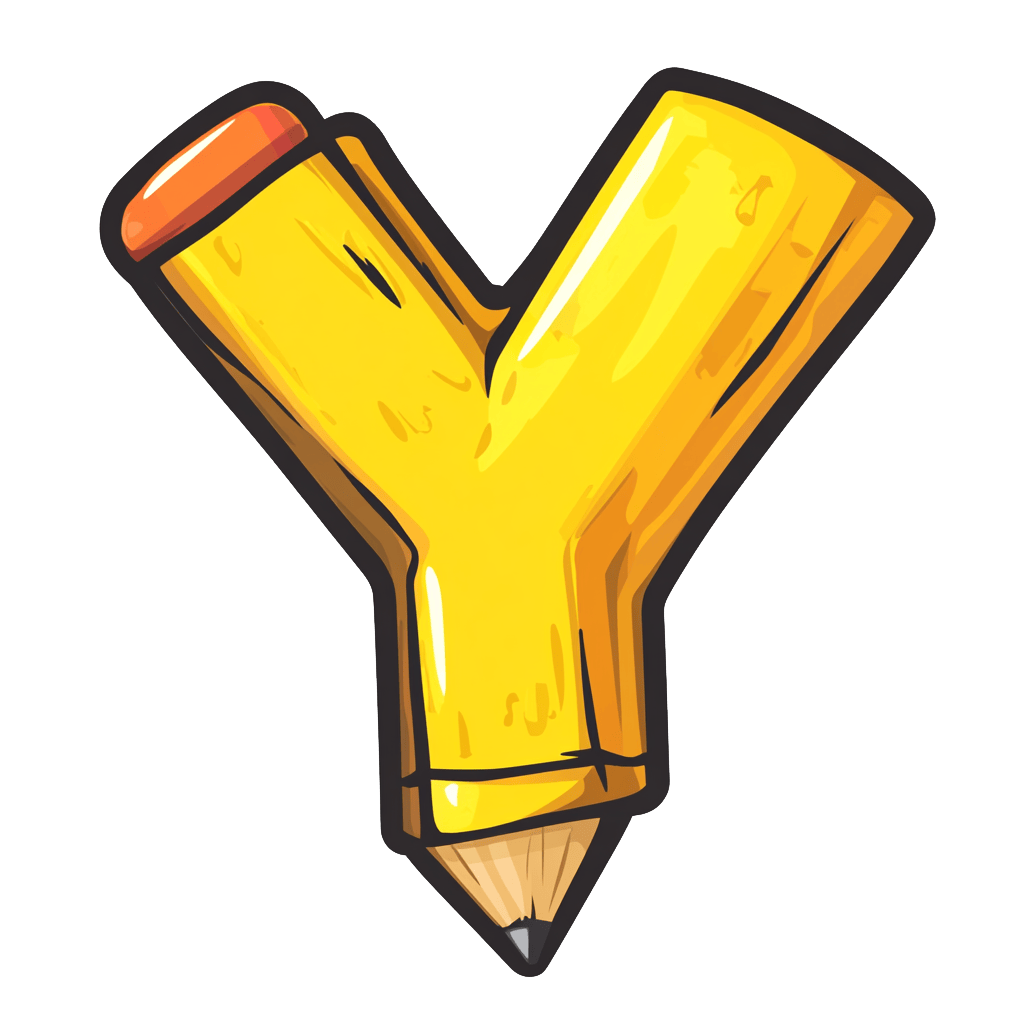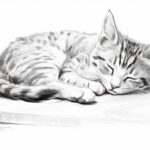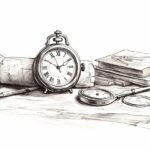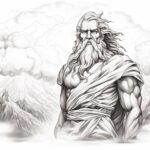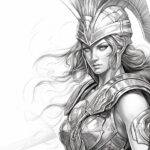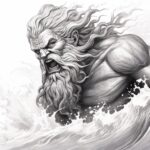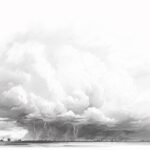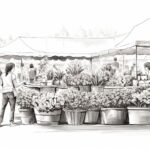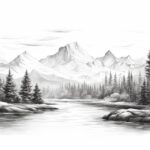Wildlife. Such a fascinating subject for artists. All those textures, movements, expressions. Been spending a lot of time at the local wildlife sanctuary lately. Sketchbook’s nearly full.
There’s something about drawing animals that teaches you about life itself. The way creatures adapt. Survive. Thrive in their environments.
Noticed something while sketching a jaguar last week. The way light catches on spotted fur creates these fascinating micro-shadows. Like tiny galaxies of darkness and light playing across their bodies. Drawing a jaguar isn’t just about getting the spots right. It’s about capturing that powerful, patient energy.



The Language of Big Cats
Big cats speak to us through their forms. Each one has its own visual dialect.
The leopard whispers of stealth. More compact than its cousins. Rosettes more complex than the jaguar’s spots. Been practicing drawing leopards at different times of day. Dawn light on their coats reveals different patterns than midday sun.
Lions tell a different story. Authority in every line. Drawing a lion is really about capturing presence. The mane isn’t just hair – it’s a statement. A declaration. Power made visible.
Smaller cats have their own challenges. The lynx with those tufted ears and intense stare. Always remind my students – focus on those characteristic ear tufts. They’re like nature’s exclamation points.
The panther – sleek shadow given form. Drawing black-on-black requires understanding light physics. Not actual shadows, but the suggestion of form through subtle value shifts. My charcoal stub gets a workout with panthers.



Beyond Fur: Texture Challenges
Stepped away from cats yesterday. Tried my hand at a rhinoceros. Talk about texture contrast! That armored hide with all its folds and creases. Like drawing a living landscape of canyons and plateaus.
Birds present entirely different challenges. Found myself at the aviary, completely mesmerized by a toucan’s brilliant beak. Nature’s color explosion. How do you capture something so vibrant with just graphite? Sometimes I cheat and add just a touch of colored pencil.
Speaking of impressive birds, spent hours watching a harpy eagle documentary last night. Those talons could rearrange your face. The proportions feel almost prehistoric. Drawing them is like touching something ancient.
Water birds have their own grace. The heron’s silhouette taught me about economy of line. Standing so still, then explosive movement. Try gesture drawing herons if you want to improve your line confidence. Their necks are living calligraphy.



Climate Extremes
Animals from extreme environments have fascinating adaptations. The polar bear’s fur isn’t actually white. It’s transparent. Drawing what you know versus what you see – always a tension there.
Desert dwellers like the fennec fox’s enormous ears bring different challenges. Proportionally stunning. Easy to exaggerate, but careful observation reveals they’re actually quite elegant in their structure. Temperature regulation made beautiful.
Oddities and Wonders
Nature’s weirdest creatures often make the most fascinating subjects. The platypus puzzle feels like evolution had some leftover parts. Duck bill, beaver tail, otter body, venomous spurs? Drawing them feels like assembling a puzzle where the pieces shouldn’t fit but somehow do.
Amphibians like the salamander’s sleek form teach valuable lessons about simplicity. Their basic shapes are so clean, yet they hold incredible possibilities for pattern and color. Been experimenting with negative space techniques for their spotted patterns.
The pangolin’s armor – nature’s artichoke. Drawing those scales requires patience. They follow such precise mathematical patterns. Sacred geometry in living form. Each scale overlapping just so. Found myself in a meditative state after an hour of drawing pangolin scales.
And sometimes, nature names things perfectly. The Tasmanian devil’s expression – all compact fury and strange angles. Their faces convey emotion in ways that feel almost human, despite being so different from us. Started carrying a smaller sketchbook just for facial expression studies.






Drawing Practice
Three things I’ve learned from drawing wildlife:
- Always start with the eyes. They hold the spirit.
- Understand the skeleton before adding flesh and fur.
- Capture movement first, details later.
My coffee’s getting cold again. Heading back to the sanctuary tomorrow. Bringing fresh pencils and an empty sketchbook. Nothing quite like the focus that comes from sitting quietly, watching a wild thing be exactly what it is.
What animals have you been drawing lately? Share your sketches in the comments. Sometimes the most challenging subjects become our best teachers.
Till next time, Yon

